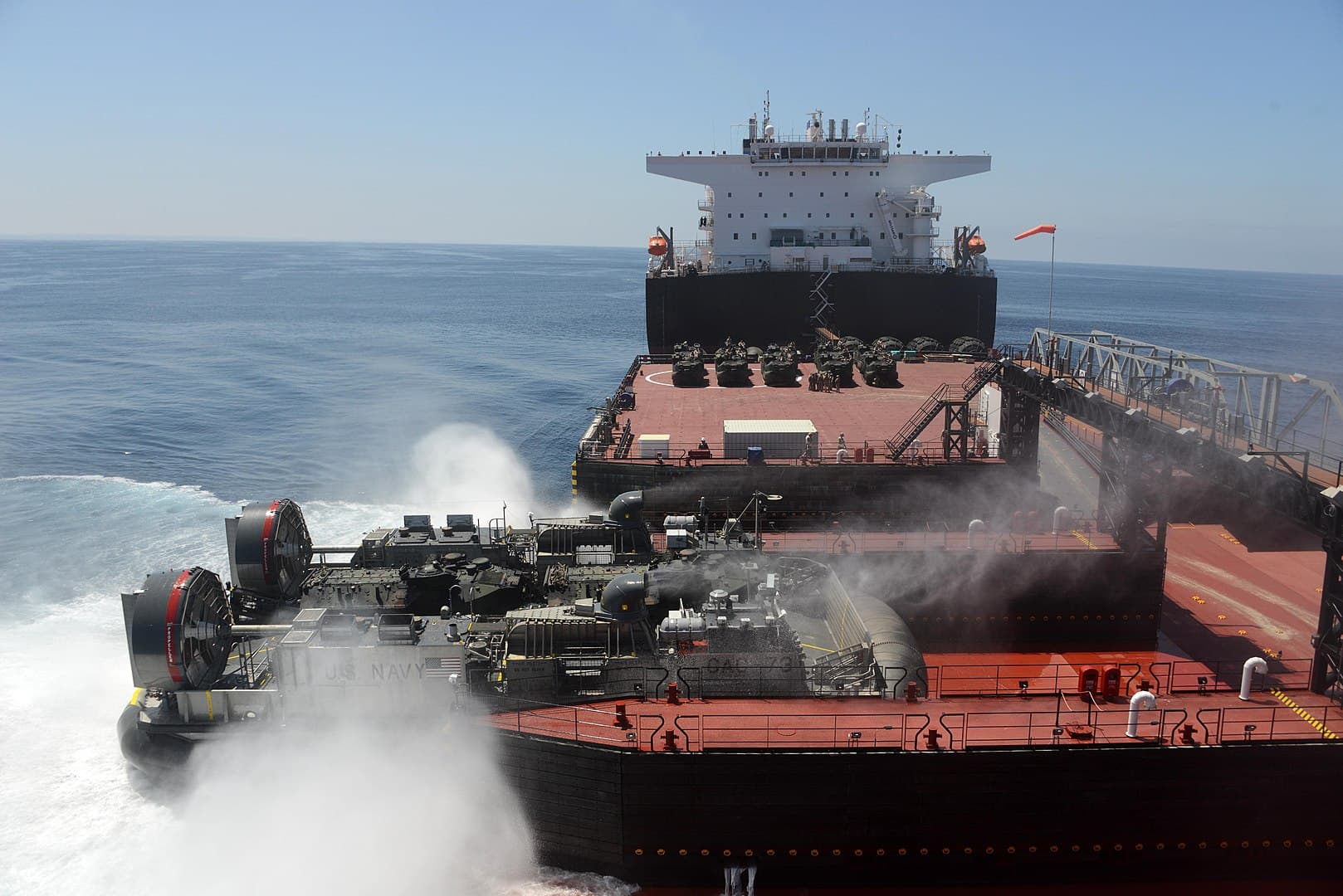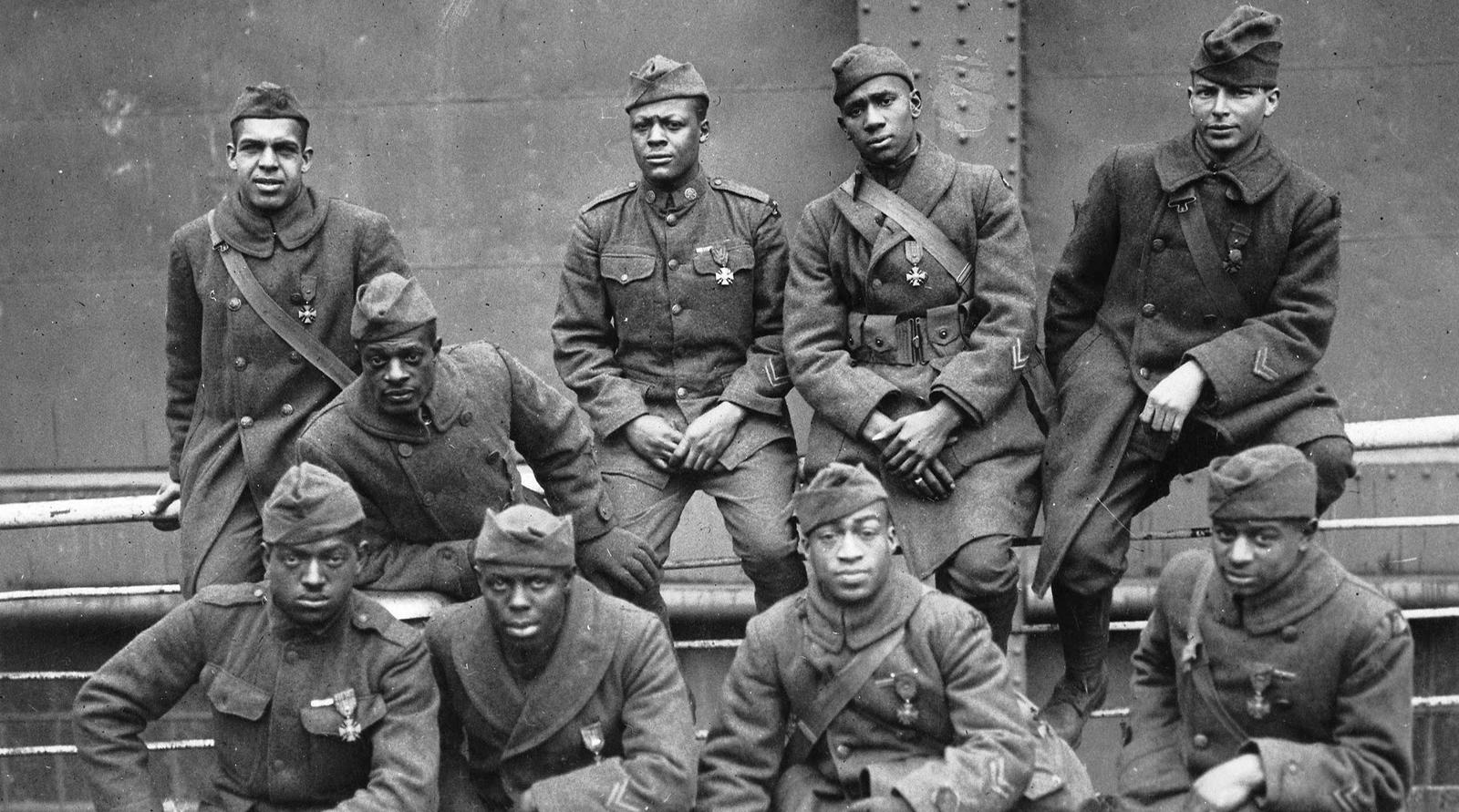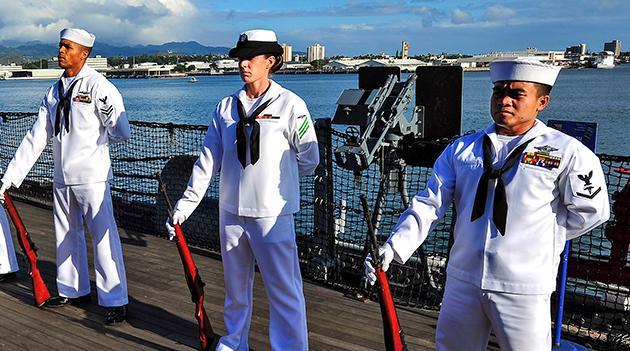
Sealift: The Foundation of U.S. Military Power Projection
Sinclair Harris, John Fasching Defense, Logistics, DoD Supply Chain, Strategic Planning
The erosion of our nation’s sealift puts American economic and military power at risk. As the complexities and challenges our nation faces grow, predicting what lies ahead becomes increasingly difficult. No matter what role America decides to play on the world stage or what calamities arise, our prosperity and security depends on sea power. America must exercise maritime domain dominance, which requires military capability and a merchant fleet that can support an ever-widening set of operations in and around the seas effectively. National Maritime Day offers Americans a chance to remember that “sealift is the foundation of U.S. military power projection, transporting over 90 percent of DoD wartime transportation requirements.”1
For several decades, America’s sea power has been neglected. The national fleet has not been resourced adequately even though it is the element of national power projection that delivers the most military force. U.S. maritime power enables the freedom of navigation that underpins the economic instrument of our national power.
Maritime-based operations supply agility and complimentary combat-multiplying effects in all domains by leveraging mobile, distributed, heavy-lift maritime platforms. Understanding the operational ramifications of successful U.S. military force flow, competitors and adversaries seek to leverage their own maritime domain capabilities to offset U.S. maritime preeminence. As resilience and self-defense become exponentially more important in the highly lethal military operating environments of tomorrow, American sea power is the difference maker, in peace or conflict.
As resilience and self-defense become exponentially more important in the highly lethal military operating environments of tomorrow, American sea power is the difference maker, in peace or conflict.
Our 2018 National Defense Strategy (NDS) states
The Global Operating Model describes how the Joint Force will be postured and employed to achieve its competition and wartime missions ... These are, respectively, designed to help us compete more effectively below the level of armed conflict; delay, degrade, or deny adversary aggression; surge war-winning forces and manage conflict escalation; and defend the U.S. homeland.2
America’s maritime domain capabilities, in concert with those of our friends and allies, underpin strategic mobility, enable economic prosperity, and contribute to the global operating model’s capability areas. Simply maintaining the status quo for our maritime domain capability creates unacceptable risk to our ability to influence or deter adversaries, secure our economy, and minimize combat losses in armed conflicts. In our recent history, deployment operations have been administrative and uncontested movements, with the constraints only on lift capacity; load, transit, and unload times; and available port and port-clearance infrastructure. However, in contested environments, our adversaries target our power projection strengths with a multitude of anti-access and area-denial methods to disrupt the combatant commanders’ force flow and scheme of maneuver.

The NDS cautions that logistics operations must be resilient and prepared “…to ensure logistics sustainment while under persistent multi-domain attack.” Our sealift recapitalization must be infused with distributed lethality enabling features for maritime joint combined arms maneuver, furnishing all-domain effects to operate, survive, and win in ever-increasingly lethal operating environments.
Undeniably, maritime capability and capacity does the heavy lifting to deliver and sustain Army and Marine Corps combat power, as well as execute operational and tactical movement and maneuver in support of combatant commander operations.
Sea Power: A National Strategy
A national strategy to maintain the many facets of American sea power is a necessity. Even a casual review of the news and commentary by national security strategists highlights that our country demands maritime superiority as a key element of strength and continued prosperity. Development and appropriate resourcing of such a strategy requires a bold and audacious effort, complemented by joint, interagency, intergovernmental, multinational, nongovernmental, and commercial stakeholder engagement and innovative thinking. Anything less leaves the United States, our partners, and our allies vulnerable to the agenda of astute and dynamic great power competitors and adversaries.
1 General Darren W. McDew, Commander, United States Transportation Command, statement before the House Armed Services Committee, Readiness Subcommittee and the Seapower and Projection Forces Subcommittee, March 8, 2018, pp. 8–9.
2 Summary of the 2018 National Defense Strategy of the United States of America: Sharpening the American Military’s Competitive Edge, https://dod.defense.gov/Portals/1/Documents/pubs/2018-National-Defense-Strategy-Summary.pdf.


RADM Sinclair Harris (USN, Ret.)
Vice President, Client RelationsRADM Sinclair Harris (USN, Ret.)
Vice President, Client RelationsRetired Navy Rear Admiral Sinclair Harris is LMI’s senior client relations executive for the defense sector. His Navy service culminated as the vice director for operations to chair of the Joint Chiefs of Staff. He also commanded the U.S. Fourth Fleet, leading U.S. naval forces assigned to the U.S. Southern Command.


John Fasching
Sr. Consultant, Logistics Strategy and IntegrationJohn Fasching, retired U.S. Army Lt. Col., came to LMI from the Pentagon’s Joint Staff J-4, Capabilities and Strategy Division, where he was the principal developer and analyst for joint logistics concepts and assessments.


